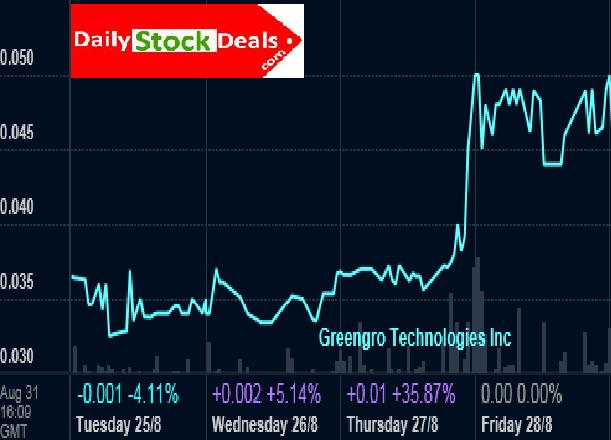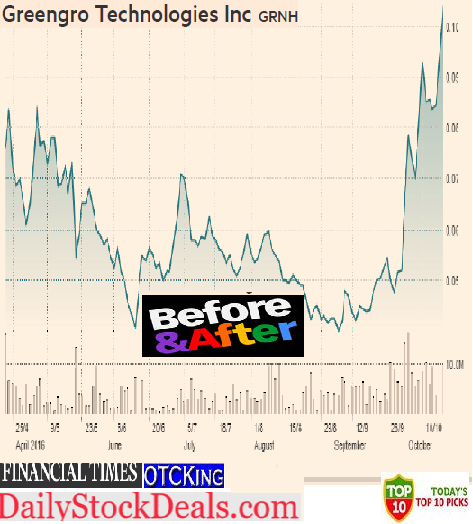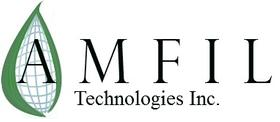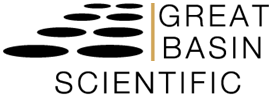
GreenGro, GRNH, Profile, Summary
Greengro Technologies, GRNH, is a national leader in both indoor and outdoor aquaponic and hydroponic systems and grow rooms, with specific domain expertise in agricultural science systems serving both the consumer and commercial farming markets. The company’s customers include restaurants, community gardens, and small and large-scale commercial clients.
Vertical Systems
Vertical systems; a process that controls space and light to increase plant yields. Better to use an entire space, rather than just upward space for growing plants. Indoor vertical-gro rooms can be designed for any space, from as small as a closet to as large as an entire building. In an indoor environment, the space must have growing efficiency and maximum light coverage. Growing plants have changing light needs and a good lighting system maximizes the amount of light coverage for each stage of plant growth. An advantage of vertical systems is that the plant is not forced to grow in one direction. Light reaches more plant surfaces creating higher crop yields.
Vertical systems for hydroponic-gro rooms are an exciting new application of a very old idea. The concept of a “vertical farm” has existed since the days of the famous Hanging Gardens of Babylon, but it is only since the 1950s that the idea of utilizing vertical space for growing plants has received renewed attention. While advocates of vertical farming often cite concerns related to ecological crises or urbanization, the indoor hydroponic grower is primarily concerned with maximizing space for cultivation within a small area.
The basis of vertical plant growing is the control of space and light in order to maximize yields. Traditional methods use only a horizontal area for substrate, planters or hydroponic systems, and only the top of the plants receive direct light. By contrast, in a vertical system the entire growing area is opened up for plant growth, and the whole surface of the plant is exposed to light. Vertical growers aim to utilize every square inch of available space for the propagation of their plants.
Indoor, hydroponic vertical systems come in a wide variety of designs and sizes, but the basic concept calls for a series of stacked layers of racks or shelves. The bottom layers are often devoted to drainage devices or the growth medium, although these may also be found on higher layers as well. The shelves typically surround a central, rotating lighting system, with supplemental lights sometimes mounted on the tops or sides of the layers. Growth becomes possible in all directions and at all levels of the plants. A vertical system is usually modular and re-stackable, allowing the grower to rearrange the set-up as necessary.
The primary benefit of a vertical system is that it allows the grower to utilize the maximum amount of available space. This is true in two ways. First, the area that is available to each individual plant to grow is maximized, increasing the total possible number of plants. Second, since the vertical systems equipment is more compact, the whole set-up can be fit into a smaller area, such as a closet, and growers with access to a large room can fit more plants into the same area.

BP Gardens
----> Hydroponic system installed in Buena Park, CA (currently producing).
----> Aquaponic system installed in Lincoln, CA.
----> New location in development in Anaheim, CA.
Sources: The Company, OxBridge Research, OTCKING, DailyStockDeals, OTCstockIQ
Don't miss the NEXT premium Alert! Sign-up, Get Alerts, MakeMoney!®
Disclaimer/Disclosure: we received or expecting compensation from the featured company. Our firm, principals and staff may own/buy/sell/trade stock/securities of this company. Always Read the full Disclosure/Disclaimer. Thanks.
If you would like your company featured or want to learn more, please don't hesitate to contact the Editor. editor [@] DailyStockDeals.com























